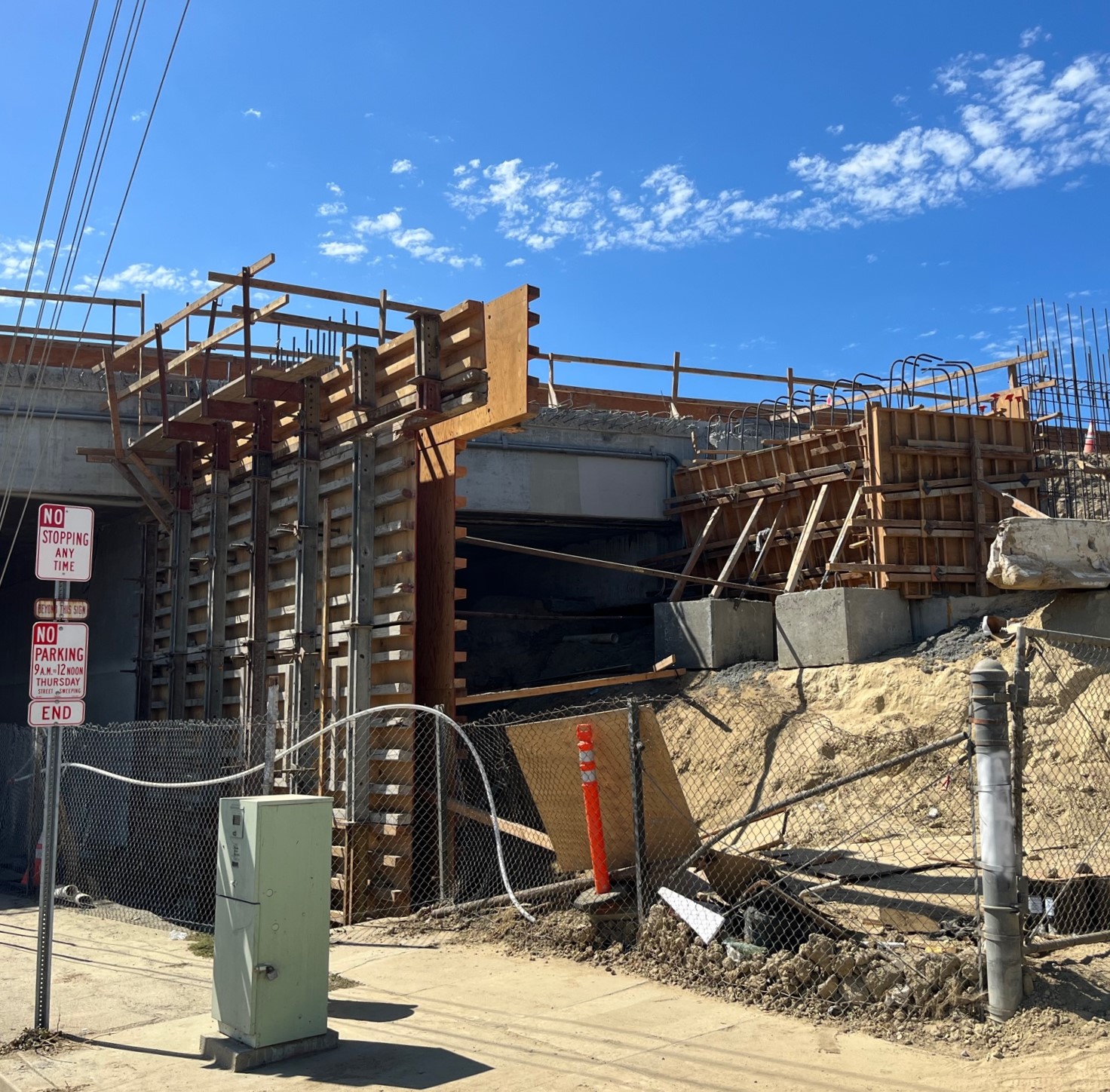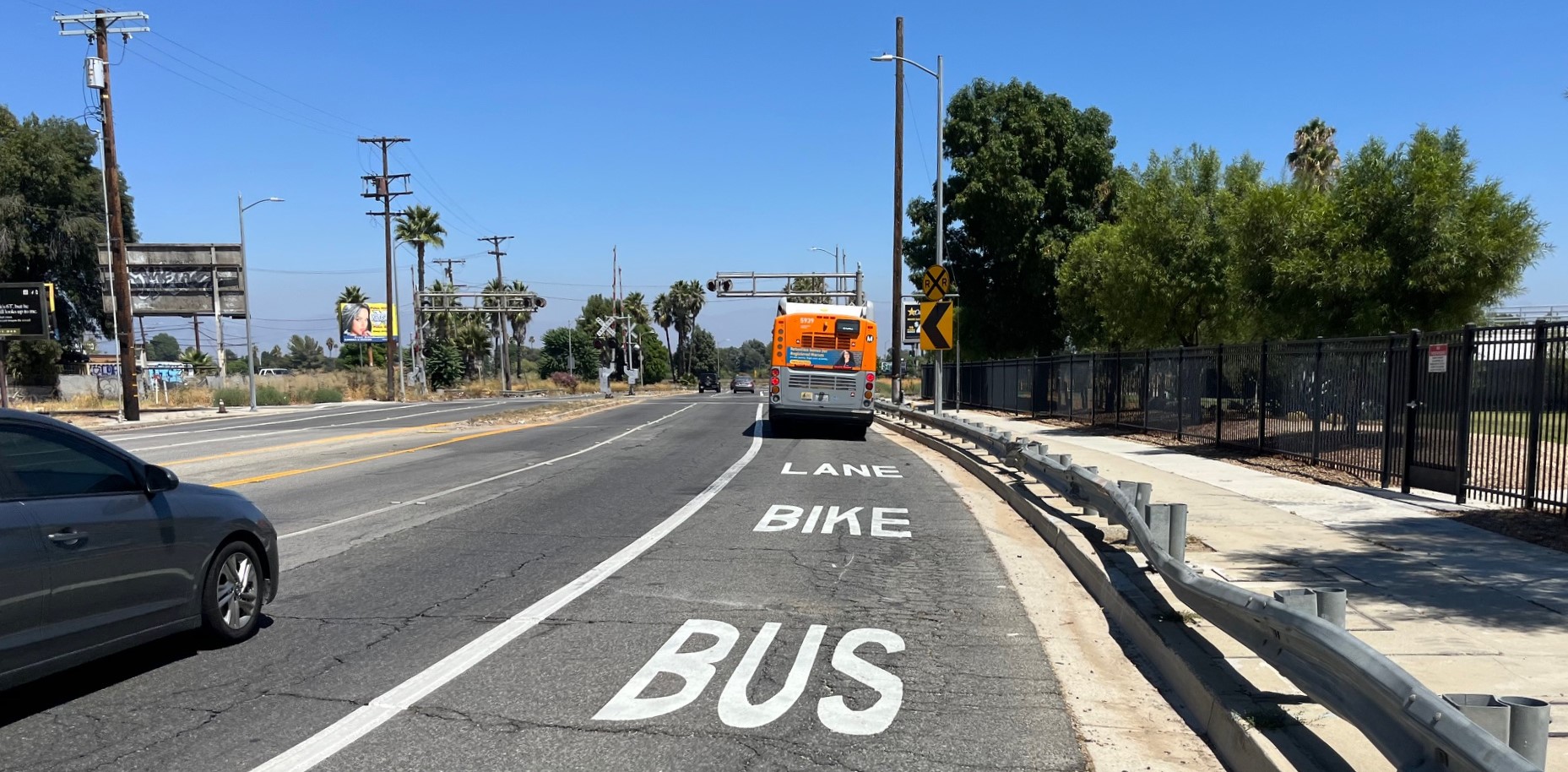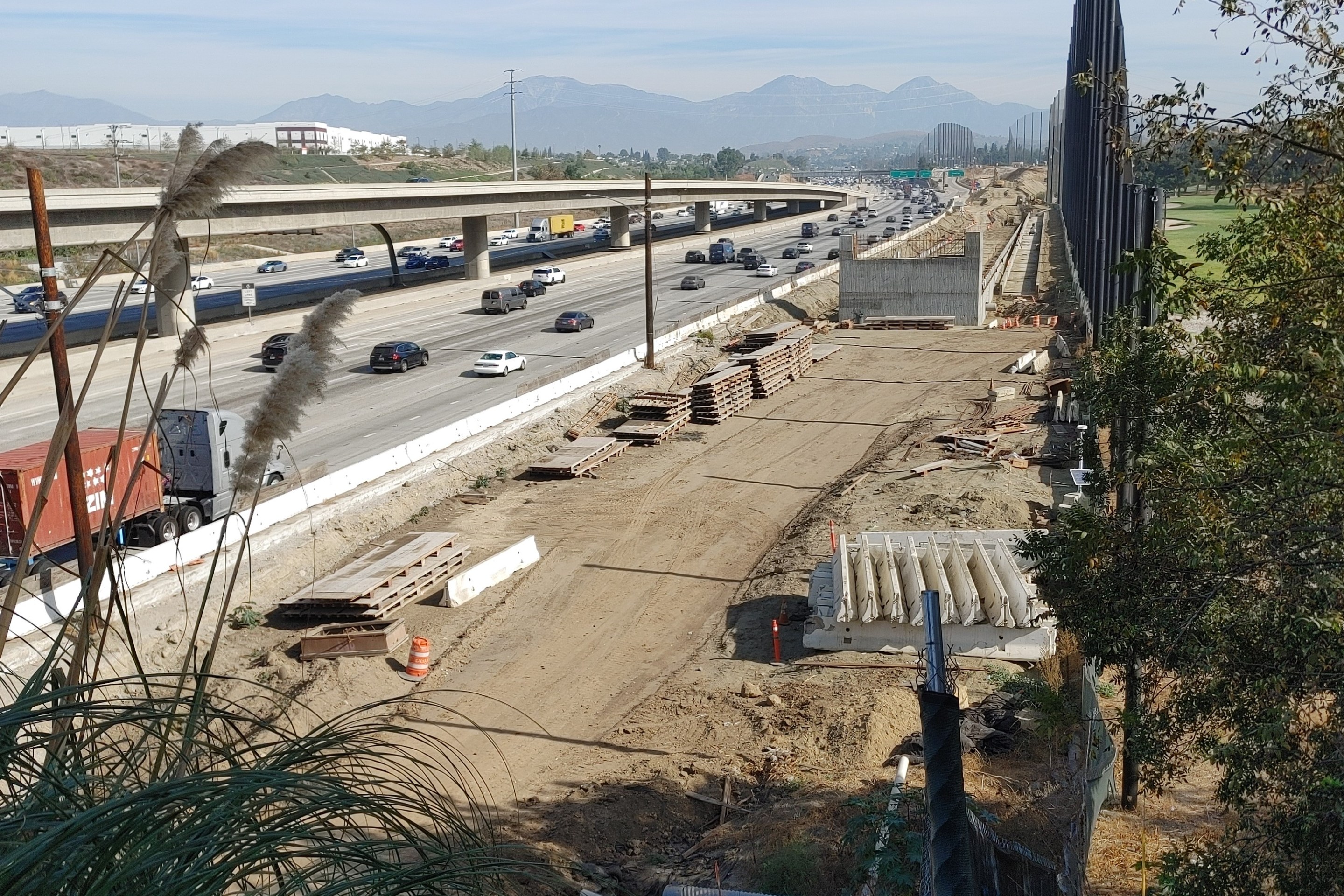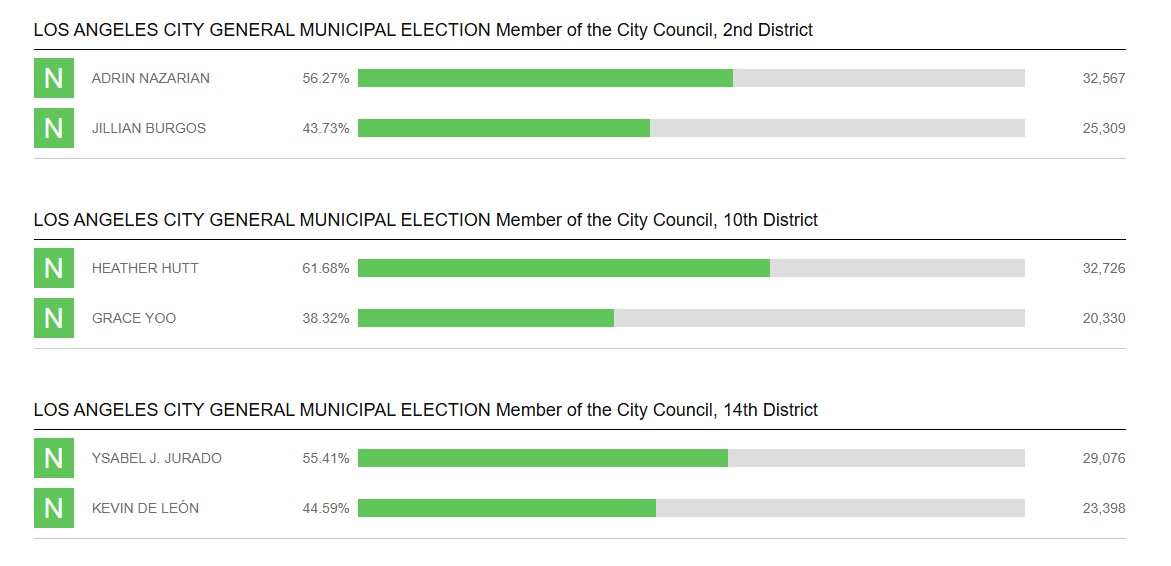
According to a recent study of transit riders in Denver covered by CityLab, people who work within a 15-minute walk of a rail station are more likely to commute by train than people who live close to transit but don't work by a station.
Network blog Peninsula Transportation Alternatives says the study underscores how a proposal aimed at reining in traffic in Palo Alto is misguided. The City Council there is looking to limit office development downtown, where transit access is good:
Palo Alto City Council is about to implement a strict cap limiting new office development to 50,000 square feet per year in the areas closest to the city’s two Caltrain stations, and the El Camino Real corridor with bus service every 10-15 minutes... City Council plans to vote on the cap, which would stay in effect for two years or until the City completes its Comprehensive Plan update in the works.
While one of the goals of the cap was to address parking and traffic challenges, a recent survey found that 45% of the 10,000 employees who work in downtown Palo Alto commute by transit and other non-car modes, even before the implementation of new programs to reduce driving downtown.
Meanwhile, Palo Alto is not imposing an office development cap on the Stanford Research Park. SRP is farther from transit, and currently has about an 80% car commute rate for its 23,000 employees. According to the staff report, SRP has seen more office growth than Palo Alto’s other jobs areas over the last 15 years. Palo Alto Council intends to eventually require SRP to reduce car trips -- this is feasible, but more challenging and costly, since it requires an extra shuttle ride to connect to Caltrain.
Talk of the office cap has already led tech firm Survey Monkey to announce it is leaving Palo Alto for San Mateo, where the company has found a transit-accessible location with room for expansion. More than 60 percent of the company's employees arrive by train.
Elsewhere on the Network today: Twin Cities Sidewalks takes a look at some of the glittering metropolises that went all in on free parking. The Urbanophile explores how cities can make better use of the spaces under elevated highways and trains. And Bike Walk Kansas City lists some of the "unexpected" cities that now have protected bike lanes.




